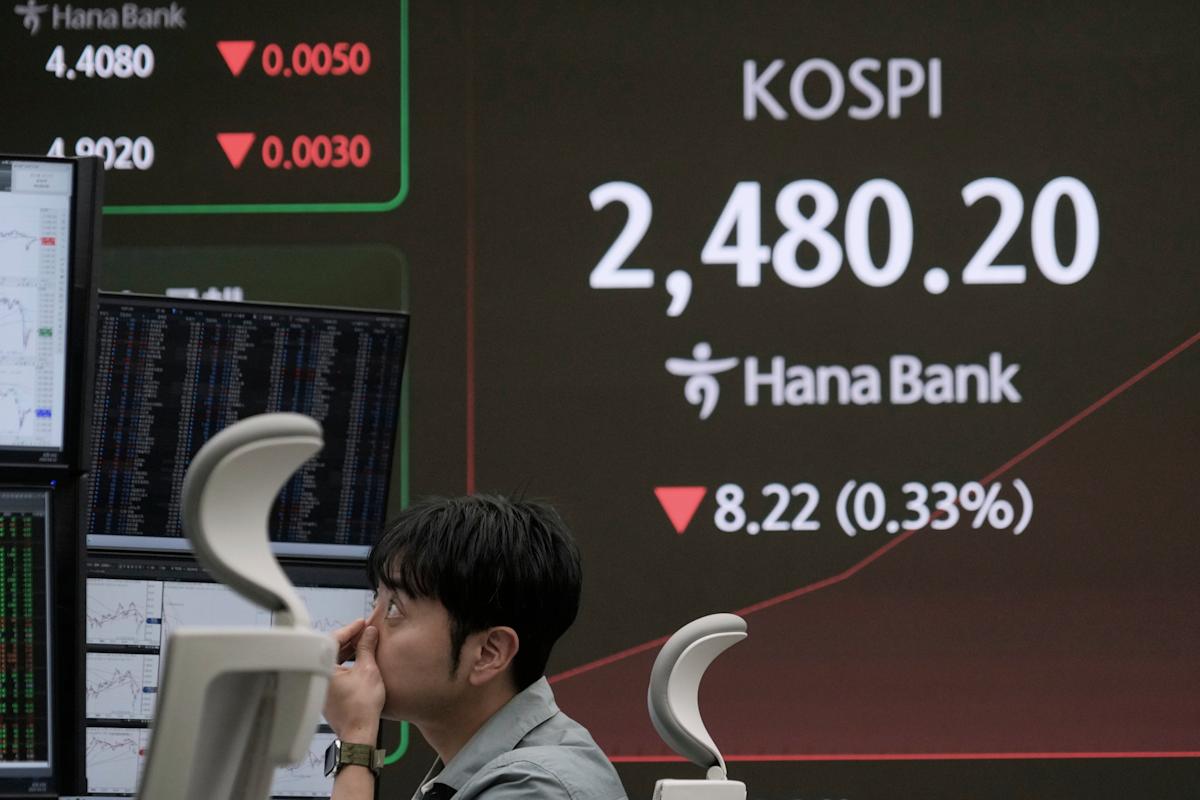Market Jitters: Asian Stocks Waver in Shadow of Wall Street's Dramatic Selloff

Asian financial markets displayed a cautious tone on Wednesday, reflecting ongoing uncertainty surrounding U.S. investment landscapes and the lingering tensions of the U.S.-China trade conflict. The region's key indices showed mixed performance, with investors treading carefully amid global economic uncertainties.
Japan's benchmark Nikkei 225 experienced a modest decline, dropping 0.3% to settle at 34,174.38, signaling the market's subdued sentiment. Meanwhile, Australia's S&P/ASX 200 remained virtually stable, registering a marginal gain of less than 0.1% and closing at 7,820.20.
The hesitant trading patterns underscored the complex geopolitical and economic challenges facing investors, as they continue to navigate the intricate dynamics of international trade and investment strategies.
